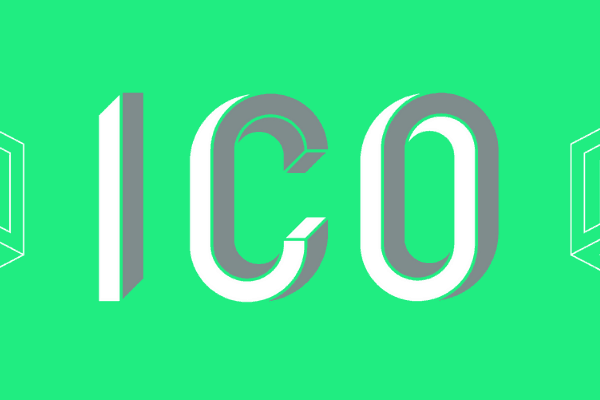
Traditional companies often need to raise funds for development and expansion. They either do this by gradually growing their profits or turn to investors for financial support often in exchange for equity in the company or other forms of compensation. Alternatively, companies can go public and sell shares to retail investors to fundraise via an Initial Public Offering (IPO).
An Initial Coin Offering (ICO), otherwise known as a Token Generation Event (TGE), is similar to an IPO but done through selling cryptocurrency instead of shares. Any company looking to create their (blockchain) business/application/service/coin can launch an ICO. For ICOs, a new digital cryptocurrency token or coin specific to the ICO will be generated for sale to investors. Interested investors show their support in the business proposition by buying into the cryptocurrency issued by the project, and hope for the best that the business does well, thus generating greater value for the issued cryptocurrency they purchased at a low price. The coins in this sense provide some form of return on investment. A great advantage for the project or company that fundraises via an ICO is that it can bypass the painstaking process of raising capital necessitated by Venture Capital firms or banks.
To raise funds through an ICO, the team first conceptualizes a feasible business idea incorporating the use of blockchain technology. Companies with existing businesses can conduct a Reverse ICO, which means an ICO conducted by established businesses with existing products or services already catering to real world customers. For example, an existing Australian solar company looking to expand in Asia Pacific can do a reverse ICO enabling trading of renewable energy in the regional energy market.
Step 1: Pre-ICO
In accordance with Satoshi Nakamoto’s release of the Bitcoin whitepaper, projects begin the process by writing up a whitepaper that delineates what the project is about, what the company plans to achieve and its milestone deliverables, fundraise amount as well as token utility, sale and distribution details etc. The whitepaper is usually supplemented with a token sale website and other optional but helpful investor materials. Marketing the ICO, especially generating online presence among existing blockchain communities and investor circles, is very helpful to attract more potential investors. ICO projects can also choose to attend relevant business events to spread the word on their project and ICO sale.
Step 2: ICO
During the token crowdsales, keen investors or supporters of the project can purchase cryptocurrency/coins/tokens issued by the particular project either with fiat or other mainstream cryptocurrency accepted by the ICO project organizers. These tokens are similar to shares sold to investors in an IPO transaction.
In an ICO there are two types of investors—private and retail. Private investors are those who approach the project organizers directly to negotiate a deal to buy tokens at a more favourable, private tier pricing. They can be institutional like Venture Capital firms or high networth individuals like angel investors. Public or retail investors purchase project tokens straight from the token sale website at transparent pricing tiers.
Step 3: Post-ICO
When the token sale concludes, if the money raised does not meet the minimum funds or ‘Soft Cap’ pre-specified by the project, the money is returned to investors; the ICO is deemed to be unsuccessful. If the minimum funds are met, the funds raised will be kept by the project to be used for development and operation of the promised product/service. Project tokens are then generated and distributed on the blockchain to investors’ cryptocurrency wallets to keep, use (depending on the token’s utility functions with the token issuer) or trade. Token issuers/project owners may also list their token on a cryptocurrency exchange for secondary market trading. Successfully ICO-ed companies can now begin their business developments.
These are the general steps in the life cycle of an ICO. For project owners with little experience or knowledge on the crypto-sphere, they can choose to consult a reputable ICO advisory, subject matter experts and other blockchain solution providers to facilitate a smoother ICO process. These specialists are able to help projects manage their ICO more efficiently and effectively and get started on their blockchain venture with greater ease.


